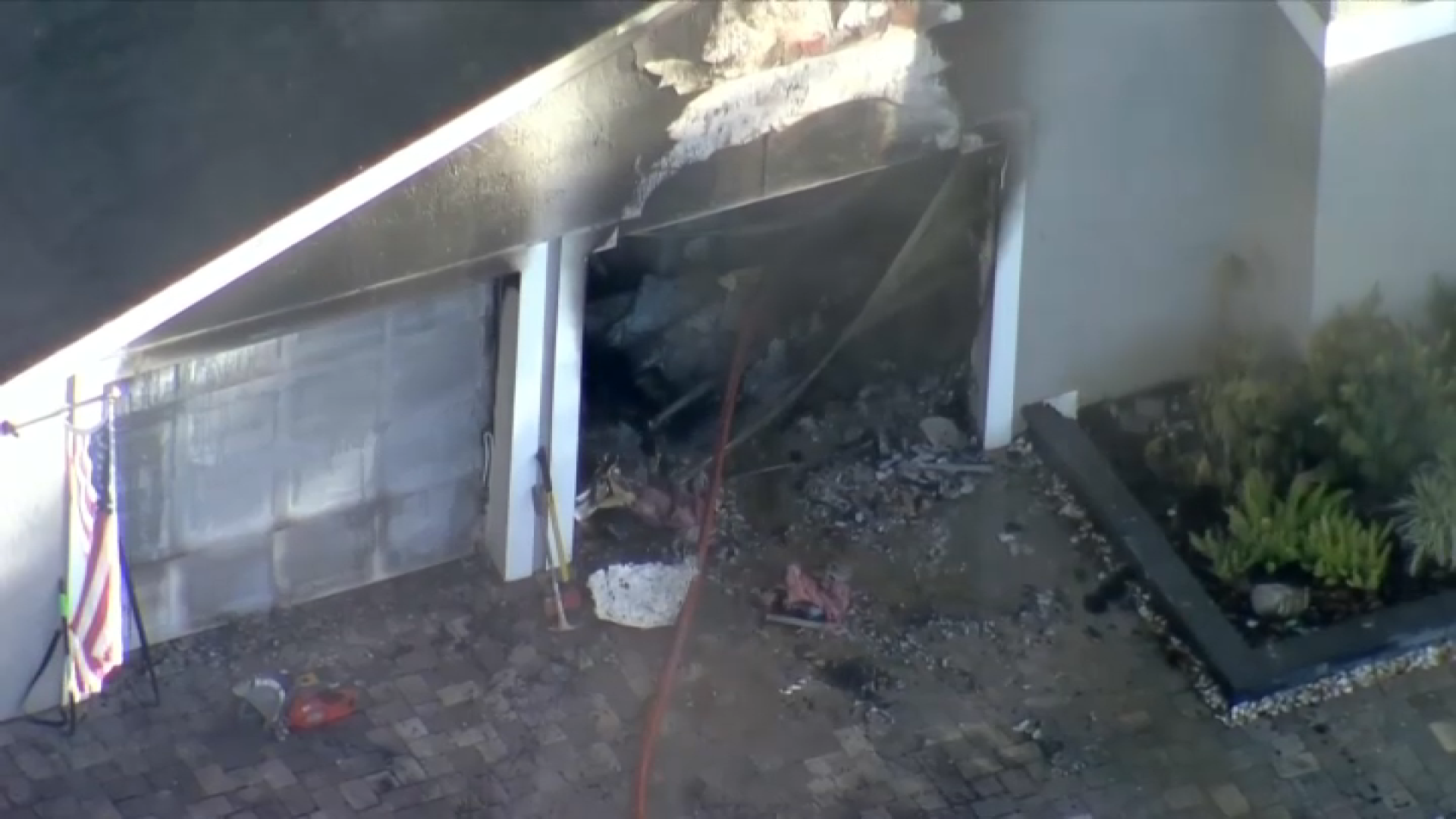The city of Miami has decided to move forward Wednesday with constructing a luxury high-rise after ancient artifacts were discovered at the Brickell site.
The site at the center of the discussion is 444 Brickell Avenue, on the south bank of the Miami River next to the Brickell Bridge.
It's set to be the site of the new luxury high-rise Baccarat residential building, but after breaking ground, ancient artifacts were found, dating back thousands of years. The findings at the site include bone artifacts (points, pins, drilled shark teeth), pumice, lithic weight and pottery shards.
Archeologists believe the findings are significant and contribute to the knowledge of the Tequesta, the Native American tribe that once occupied the area.
Get South Florida local news, weather forecasts and entertainment stories to your inbox. Sign up for NBC South Florida newsletters.
"This site is significant because it represents really the birthplace of Miami. This is a place, just like this is prime real estate today, this was prime real estate 2,000 years ago, 5,000 years ago, 7,000 years ago," said William Pestle, who studies anthropology at the University of Miami.
Pestle was one of the many who attended a meeting on Tuesday of the Historic and Environmental Preservation Board at Miami City Hall, where some spoke of giving the site a historical designation and others spoke in favor of the development.
Local
“If we miss this opportunity to really preserve portions of this site and study the artifacts that have come from it, we miss the opportunity to fully understand where we have come from as a city and as a people," Pestle said.
While some want to preserve the site for education, local Native Americans say the site should be left alone to show respect.
"It is a marked grave, it’s acknowledged by the city that it exists there and just like they don't go around digging up other people's graves, and that they respect ours as well," said Betty Osceola, with the Miccosukee Tribe.
On the other side of the issue is the project’s developer, Jorge Perez, from the Perez Art Museum. Perez has spent millions to bring in archaeologists and equipment to preserve the artifacts.
He and his supporters say moving forward with the build will provide jobs, a larger tax base and growth for the city of Miami.
The developer for the lot, Related Group, is planning three towers of up to 82 stories and a baywalk on the property, including Baccarat Residences. The towers are planned to have a total of 1,400 residential units, along with office, hotel and retail space.
In the end, the city decided to allow two of the three Baccarat towers to be built as planned. The area that is now vacant will proceed with high-rise condos. The artifacts found on site will be preserved.
The land to the east, which is currently occupied by offices, will be designated historic. What that means for the site moving forward will be determined later.
In a statement Tuesday, the Related Group said they want the board to delay any steps toward historical designation until after archaeological work at the site has been completed.
"We invested tens of millions of dollars over the last two years to ensure the archaeological integrity of the project. We contracted (and paid for) world-renowned archaeologists to painstakingly excavate and preserve all the significant findings with the utmost respect and care. And these expenses have yet to include the cost of implementing the activities laid out by our forthcoming preservation action plan," the statement read. "The archaeological team continues to work on the site to ensure all findings are properly excavated, documented, and cataloged. Taking any step toward additional designations and restrictions at the upcoming HEP Board meeting is premature. The site is already protected by the strict regulations of being located within a designated archeological area, and an overlapping designation that imposes the same procedural rules is redundant."
The property sits just west of the Miami Circle, another prehistoric site. Discovered in 1998, the Miami Circle is widely believed to be the location of a structure built by the Tequesta. Upon its discovery, the site was purchased by the state of Florida and Miami-Dade County and later declared a national historic landmark.



